Exploring the Key Components of Bottles: Design, Functionality, and Innovation
Perfume bottles, while often overlooked in terms of their design and functionality, are an essential part of the perfume experience. Each component, from the intricate spray nozzle to the sturdy base, has been carefully crafted to fulfill both aesthetic and practical roles. Whether it’s enhancing the fragrance’s appeal or preserving its quality, these bottles serve a dual purpose – and artistry. This article delves into the essential components of perfume bottles, their functions, design considerations, and the innovations that are shaping the future of the fragrance industry.
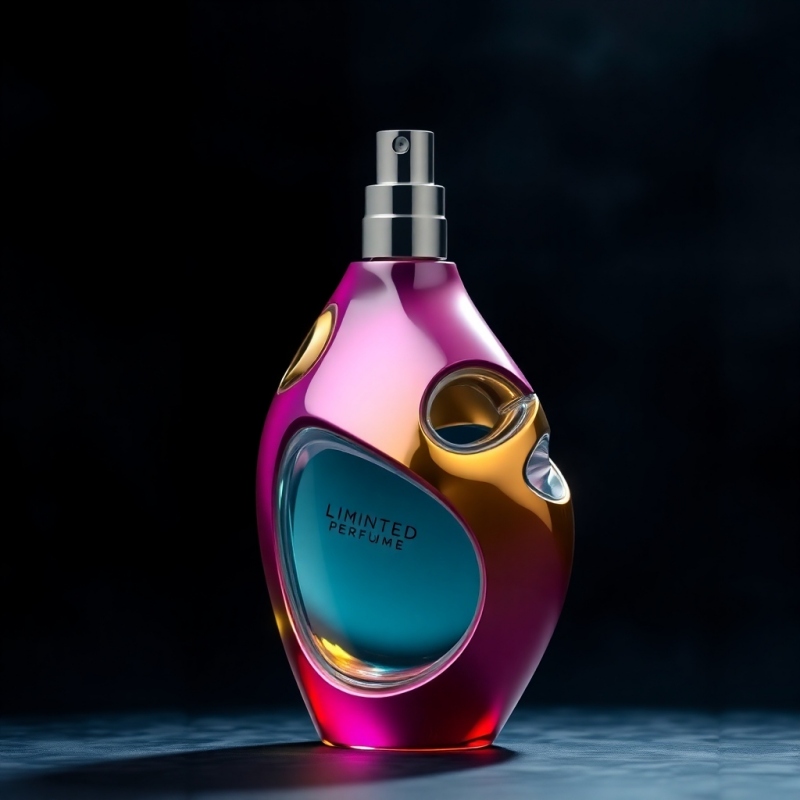
Understanding the Essential Components of a Perfume Bottle
Perfume bottles are more than just containers; they are expressions of a brand’s identity and the sensory experience they wish to create. Below, we break down the critical components of a perfume bottle, highlighting their functions and their role in both the preservation of fragrance and enhancing user experience.
The Perfume Cap: First Impressions Matter
The bottle cap, though small, plays a significant role in the functionality and aesthetic appeal of the perfume bottle. It serves to protect the fragrance from contamination, ensuring that the spray nozzle remains free of dust and dirt. Additionally, the design of the cap often reflects the prestige of the fragrance inside. High-end perfume manufacturers commonly use materials such as Surlyn, metal, and crystal, which convey a sense of luxury and elegance.
Functionally, the cap prevents accidental spills or evaporation by creating an airtight seal. Whether simple or ornate, the cap shapes the first impression of the fragrance and sets the tone for the overall experience. The design can vary greatly, from sleek, minimalist caps to more intricate, decorative options that align with the brand’s identity.
The Bottle Neck and Collar: Structural Integrity and Protection
While often subtle, the neck of a perfume bottle is crucial for its overall functionality. It connects the spray nozzle to the body of the bottle, often incorporating sealing rings that prevent leakage and evaporation. The neck and collar work together to ensure the nozzle is securely attached and that the fragrance remains contained.
The collar, typically made from metal or plastic, not only enhances the bottle’s aesthetics but also provides durability, protecting the fragrance from environmental factors like heat and light. In modern designs, these components are optimized for strength and elegance, ensuring a seamless connection between the bottle body and sprayer.
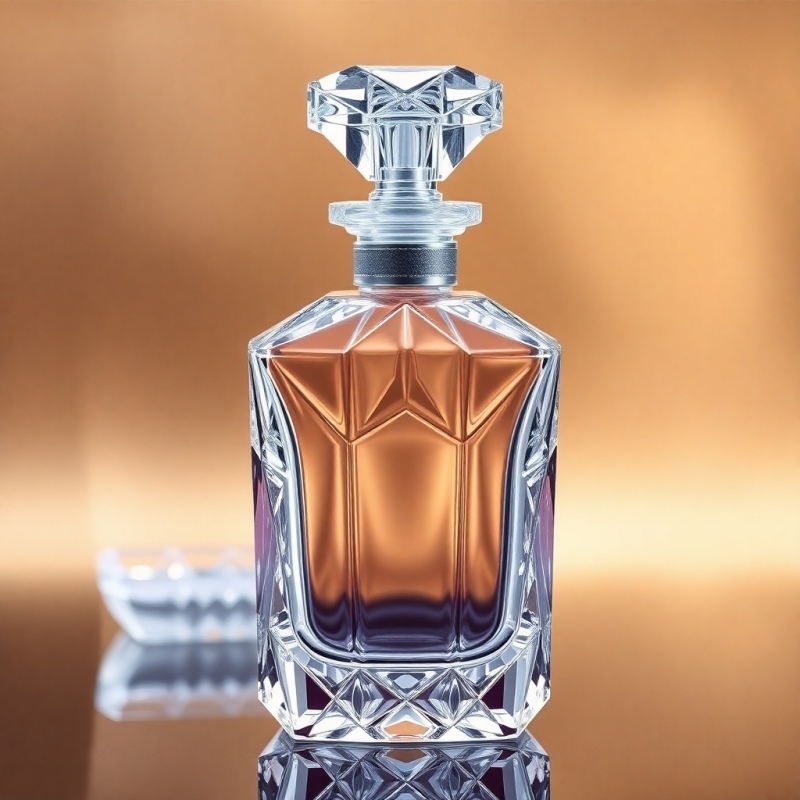
Types of Atomizers: Selecting the Right Mechanism for Your Perfume
Atomizers are the mechanisms that release the fragrance from the bottle. Different types of atomizers offer varying experiences and functionality, depending on the perfume’s concentration and the desired application.
Common Types of Atomizers
| Atomizer Type | Description | Ideal For |
|---|---|---|
| Squeeze Bulb | A rubber bulb that is squeezed to release fragrance. | Vintage perfume lovers or nostalgic designs. |
| Pump Spray | A piston pump that emits a fine mist of perfume. | Those seeking precision and consistency. |
| Travel Atomizer | A portable, refillable option for on-the-go use. | Frequent travelers who want to carry their fragrance. |
Squeeze Bulb: Often associated with vintage perfumes, the squeeze bulb offers a nostalgic touch, especially for classic or retro scents. The rubber bulb needs to be squeezed to release the fragrance, creating a unique and personal application ritual.
Pump Spray: The most common atomizer type, the pump spray uses a piston mechanism to draw the fragrance from the bottle and emit it in a fine mist. Known for its consistency, the pump spray is the preferred choice for most perfumes.
Travel Atomizer: These compact atomizers are refillable and designed for ease of transport. They are ideal for consumers who want to carry their favorite scents while traveling, offering convenience without compromising fragrance quality.
Atomizer Selection: Enhancing the Perfume Experience
Selecting the right atomizer is crucial for creating the desired user experience. A pump spray atomizer is ideal for those who seek precision and consistency in their fragrance application, while a squeeze bulb atomizer offers a sense of nostalgia and vintage appeal. Travel atomizers cater to modern, on-the-go lifestyles, making them the perfect choice for busy travelers.
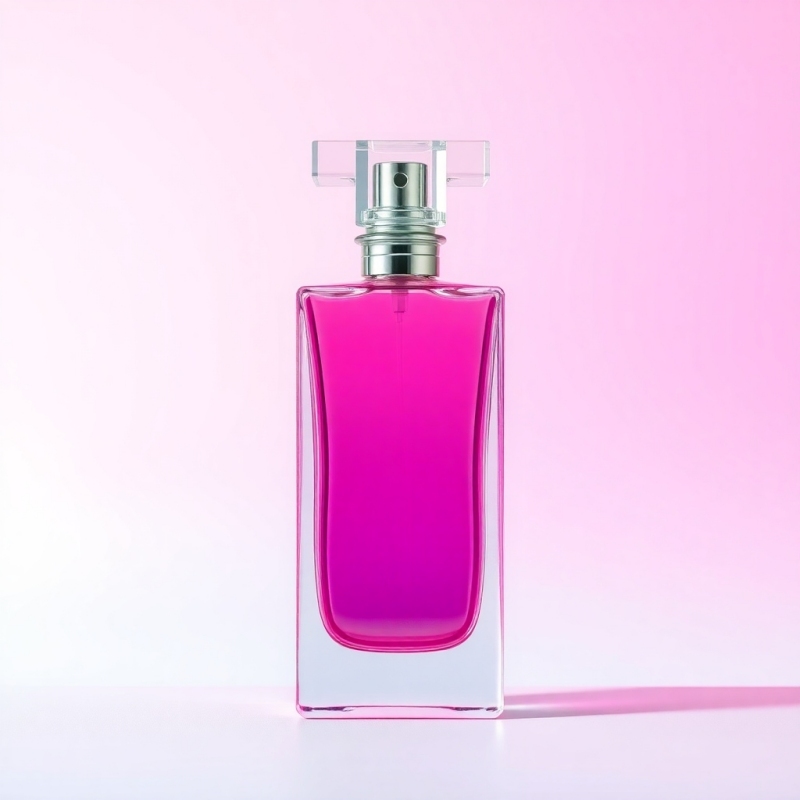
The Body of the Bottle: Material Choices and Aesthetic Appeal
The material of the perfume bottle not only impacts its durability but also contributes significantly to its visual appeal. The choice of material helps communicate the brand’s message, whether it’s elegance, luxury, or simplicity.
Common Materials Used for Perfume Bottles
| Material | Advantages | Aesthetic Appeal |
|---|---|---|
| Transparent, durable, and resistant to chemical reactions. | Classic, timeless, and elegant. | |
| Crystal | Intricate designs, heavy, and premium feel. | Opulent and luxurious, often for limited-edition perfumes. |
| High-Quality Plastic | Lightweight, shatter-resistant, and cost-effective. | Sleek and modern, often used for casual perfumes or travel-friendly designs. |
Glass: Glass is the most traditional material for perfume bottles, offering clarity and elegance. It allows the fragrance’s color to be visible, adding an extra sensory layer to the perfume experience. Glass is durable and resistant to chemical reactions, ensuring that the fragrance remains unaltered.
Crystal: Crystal is often used for high-end perfumes due to its intricate designs and luxurious feel. Heavier than glass, crystal bottles exude a premium quality, making them ideal for collectors or limited-edition fragrances.
High-Quality Plastic: While plastic is more lightweight and affordable than glass or crystal, high-quality plastic can still offer a sleek, modern look. It is often used for travel-sized perfumes or more casual fragrance lines.
The Shape of the Bottle: Crafting a Visual Identity
The shape of the perfume bottle is one of the most creative aspects of its design. Different shapes convey different messages, and the right shape can enhance the fragrance’s appeal. From minimalist geometric designs to intricate organic forms, the shape of the bottle is an expression of both the fragrance and the brand.
| Shape Type | Characteristics | Target Audience and Appeal |
|---|---|---|
| Geometric Shapes | Simple, modern, and minimalist. | Appeals to contemporary, design-focused consumers. |
| Organic Shapes | Curved, fluid, and inspired by nature. | Perfect for floral or natural scents, and those looking for a romantic aesthetic. |
| Artistic Shapes | Unique, intricate, and bold designs. | Ideal for high-end, luxury fragrances with a statement-making design. |
Geometric Shapes: These sleek and modern designs symbolize simplicity and refinement. Geometric bottles are often associated with minimalist perfumes, appealing to consumers who appreciate clean lines and contemporary aesthetics.
Organic Shapes: Curves and flowing forms inspired by nature or femininity are common in organic bottle designs. These shapes evoke intimacy and sensuality, making them ideal for floral or feminine fragrances.
Artistic Shapes: Some brands choose to create bold, artistic bottles that act as both a container and a work of art. These bottles are often used for limited-edition perfumes or high-end fragrances, making them collectible pieces.
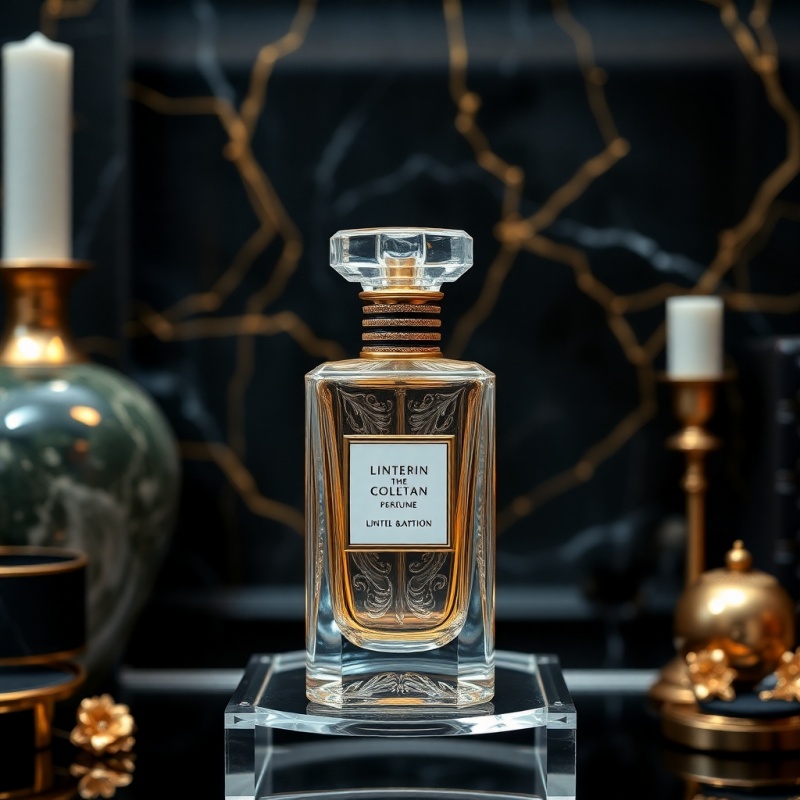
The Role of Sealing Rings: Preserving Perfume Integrity
Sealing rings, typically made of rubber or silicone, are an essential component of perfume bottles. Positioned at the neck of the bottle, they create an airtight seal, preventing air from coming into contact with the fragrance. This ensures that the perfume retains its original scent for a longer period, enhancing its longevity and preserving its quality.
Sealing rings also contribute to eco-friendly packaging by extending the product’s shelf life and reducing waste. They are a small but crucial part of the overall design that helps protect the perfume from environmental factors, such as heat and light.
Sealing Rings: Enhancing Eco-Friendliness and Longevity
The use of sealing rings is an important aspect of sustainable packaging. By preserving the quality of the fragrance, these rings help reduce product waste and improve the overall consumer experience. Eco-conscious brands are increasingly incorporating sealing rings into their designs as part of their commitment to sustainability.
The Base of the Bottle: Stability and Aesthetic Impact
The base of a perfume bottle serves both a structural and aesthetic purpose. Structurally, it ensures that the bottle remains upright, preventing spills and ensuring that the fragrance is used efficiently. A thicker base, often made from glass or crystal, provides stability to the bottle, allowing it to maintain its balance.
Aesthetically, the base is often decorated with engravings, logos, or textures, enhancing the bottle’s visual appeal. In high-end perfumes, the base becomes an artistic statement, contributing to the overall luxurious feel of the bottle.
Innovations in Perfume Bottle Design: A Look at the Future
As consumer preferences evolve, perfume bottle design is also adapting. The fragrance industry is seeing a shift toward sustainability, with more brands incorporating eco-friendly materials such as recyclable plastics, biodegradable components, and refillable bottles. Innovations like magnetic caps and adjustable spray nozzles are also gaining popularity, offering both functional and aesthetic benefits.
Sustainable Packaging: The Future of Perfume Bottles
With increasing environmental awareness, many brands are focusing on sustainable packaging solutions. Refillable bottles, biodegradable components, and recyclable materials are becoming standard in the industry. Brands that embrace these innovations will not only meet consumer demands for eco-friendly products but also contribute to the overall sustainability of the fragrance industry.
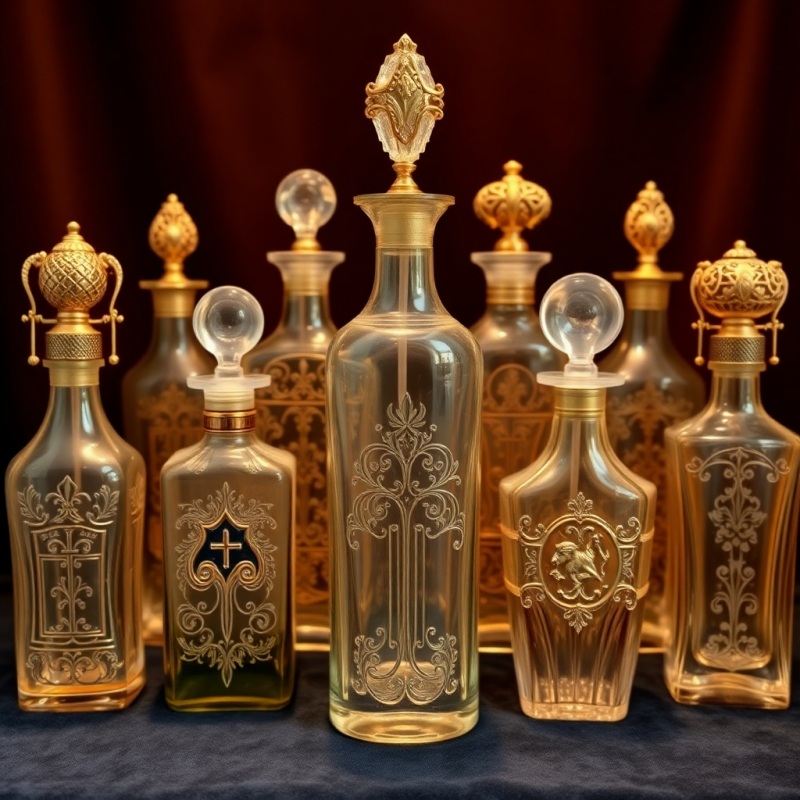
Frequently Asked Questions (FAQs)
1. What materials are commonly used for perfume bottles?
Common materials for perfume bottles include glass, crystal, and high-quality plastic. Glass is the most traditional and elegant option, while crystal offers a luxurious feel. Plastic is lightweight and shatter-resistant, often used for travel-sized or more affordable perfume lines.



